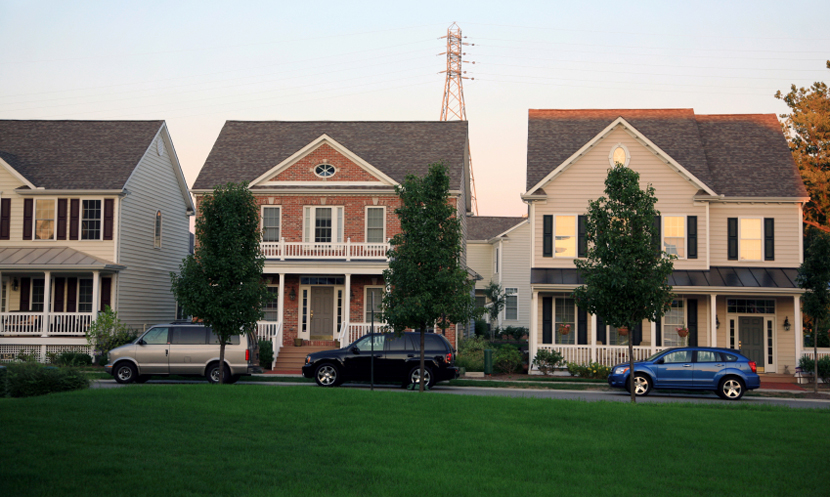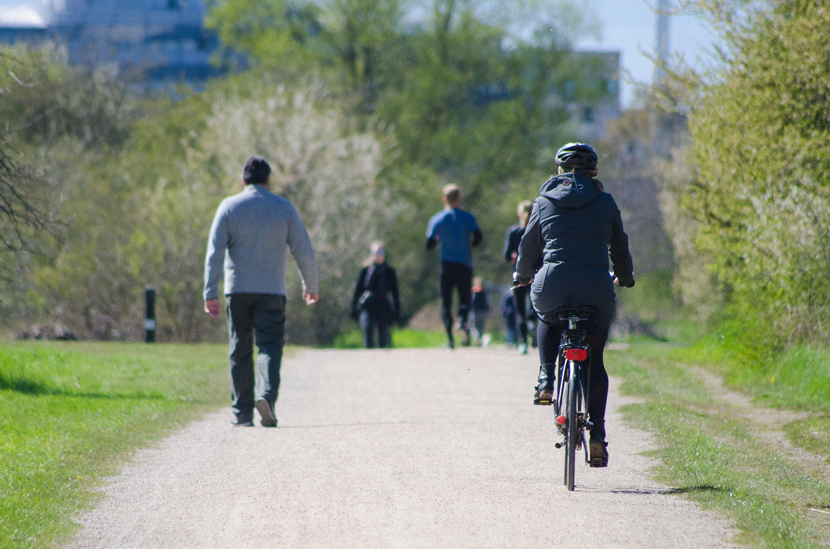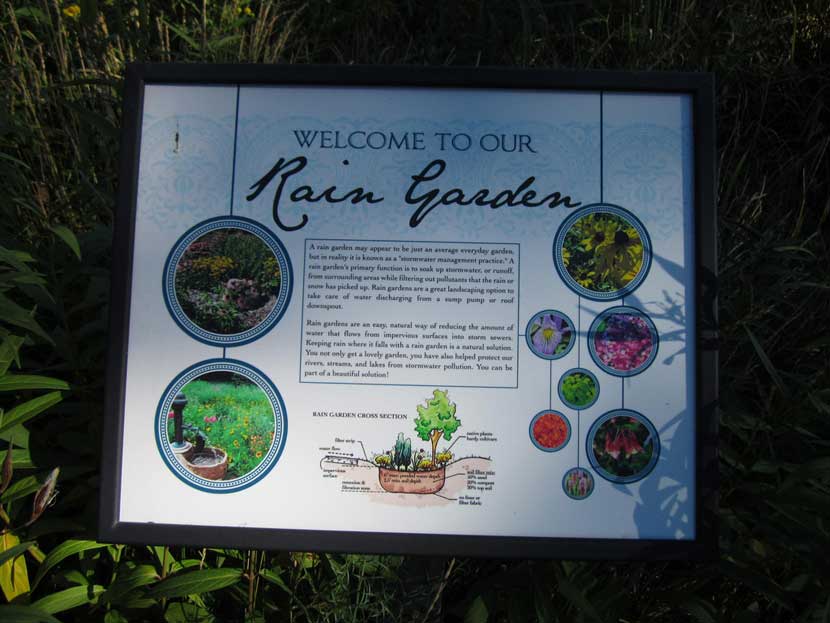5 Economic Benefits of Parks and Recreation Facilities
April 10, 2019 /
What if you could make one investment in your community that simultaneously increased home values, generated more sales for local businesses, and attracted new jobs and employees? What if that investment also increased civic engagement, encouraged neighbors to get to know each other, and improved public health at the same time?
Such an investment exists, and it’s called a public park.
Parks and recreation facilities provide a wide range of benefits to a local community. Today, we’ll discuss 5 ways they benefit the local economy, in this excerpt from our article in the April 2019 issue of Pennsylvania Borough News magazine.

Parks attract homebuyers and increase property values.
More than half of homebuyers say they’d choose a home that was close to parks and open space over one that was not, according to a survey by the National Association of Realtors. They’d also be willing to pay 10% more for that home.
Indeed, dozens of studies across the country have shown that homes increased in value after parks and open space developed nearby. Here in Pennsylvania, properties near Three Rivers Park in Pittsburgh increased in value by 60% since 2001. During that same time period, other city properties outside the park zones increased in value by only 32%.
Studies showing the positive impact of parks on property value date back all the way to the 19th century. Influential architect Frederick Law Olmsted was able to show that New York City received significant increases in property tax revenue from the wards closest to Central Park after it was built. Olmsted’s work played a key role in encouraging cities across the U.S. to invest in park development in the late 19th and early 20th century.
The actual monetary impact of parks on property value varies and depends on several factors.
Read the full article in Borough News magazine or contact us for a copy to find out which types of parks increase property value the most.

Parks attract businesses.
Businesses locate where they can find the best workers, so – if people prefer living near parks and open space – businesses will want to be there, too.
Research by the commercial real estate firm JLL indicated that the ability to recruit and retain talent was the number one concern of CEOs when choosing a location for their business. A recent survey in Area Development magazine found that 75% of corporate executives rated quality of life features like parks and open space as important when choosing a location for their business.
Photo by Bruno Girin. Used under Creative Commons license.

Parks increase tourism and generate sales activity.
The National Recreation and Park Association estimates more than $150 billion in economic activity was generated by local parks and recreation agencies in 2015, the most recent year it reported.
Much of this economic activity comes from local residents. Parks and recreation space serve as a hub of social activity in a community, and people will often spend money when they gather together. Restaurants and businesses located near parks frequently report an increase in customers when games or events are held at the park.
However, out-of-town guests also generate economic activity near parks and recreation space– even in small communities. While we tend to think of state and national parks when we think about recreational tourism, many people take day trips to smaller, more local recreational destinations, too. These day trips involve purchasing gas and food in the local economy.

Parks lower public health costs.
Numerous studies have shown the positive impact parks and recreational facilities can have on a person’s physical and mental health. A lower incidence of chronic disease brings with it a lower cost for health care:
- The Trust for Public Land estimated that the City of Sacramento saves almost $20 million per year on healthcare due to the physical activity that occurs in its parks.
- A study by the Urban Institute and the New York Academy of Medicine determined that savings can be maximized further if a program promotes physical activity alongside better nutrition and smoking prevention. Programs that did both saved $5 for every $1 invested.
Read the full article in Borough News magazine or contact us for a copy to learn how to maximize the public health benefits of your park and recreation facilities.

Open space can reduce costs related to pollution.
One tree reduces air pollution control costs by $62,000, recycles $37,500 worth of water, and controls $31,250 worth of soil erosion, according to the U.S. Forest Service. Trees are particularly effective at reducing stormwater management costs, which have been an increasing burden for many municipalities in recent years. Garland, Texas, estimates that its tree cover prevents 19 million cubic feet of stormwater from needing treatment. This saves the city from having to build additional treatment capacity into its existing infrastructure, which they estimate would cost more than $30 million.
We wrote previously about how parks are an ideal location for green infrastructure that helps you meet MS4 Pollutant Reduction Plan requirements. Bioswales and rain gardens can enhance the park experience for users while providing an important environmental benefit. Locating them on land that the municipality already owns in its parks and public facilities eliminates one of the costliest parts of implementing stormwater BMPs: acquiring land on which to build them. Read more about how municipalities are saving money on environmental compliance by incorporating green infrastructure and streambank stabilization into their parks and public facilities.
While most people would agree that parks provide many valuable benefits to a community, some worry that the cost of maintaining them (and the cost of losing that land to commercial and residential development) is too high. However, a growing body of research shows that parks contribute to economic development and increase both property and sales tax revenue. Indeed, several studies – beginning with Frederick Olmsted’s study of Central Park – show that parks can actually bring in more tax revenue than is needed to offset the cost of developing them. Furthermore, residential land can be a bigger drain on tax revenue than open space: A study of 15 Pennsylvania communities found that open space, farmland, and forest require only 18 cents in government services for every $1 generated in tax revenue while residential land cost $1.26 in government services for every $1 generated.
Parks and open space can attract new residents and businesses to an area, increasing sales and tax revenue. They can also provide environmental and health benefits that reduce government costs.
Far from being a nice-to-have amenity, parks are a crucial investment in the health and growth of a community.


